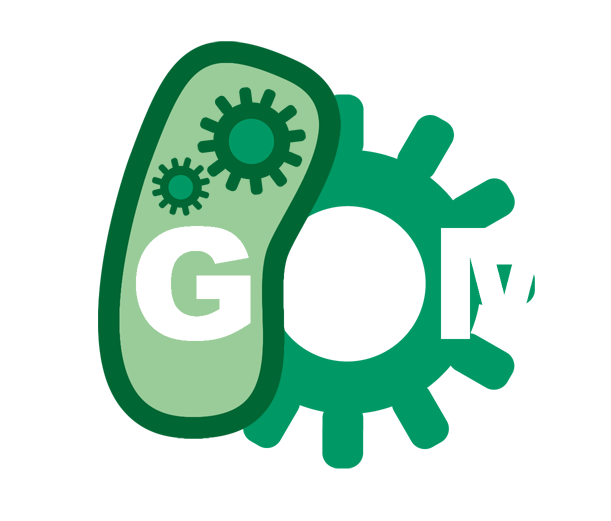WangjieLiu (Talk | contribs) |
|||
| Line 372: | Line 372: | ||
<div class="col-md-6" style="margin:100px 0"> | <div class="col-md-6" style="margin:100px 0"> | ||
<div class="caption"> | <div class="caption"> | ||
| − | + | ||
| − | + | ||
| − | + | ||
| − | + | ||
| − | + | ||
| − | + | ||
| − | + | ||
| − | + | ||
| − | + | ||
| − | + | ||
| − | + | ||
| − | + | ||
| − | + | ||
| − | + | ||
| − | + | ||
| − | + | ||
| − | + | ||
| − | + | ||
| − | + | ||
| − | + | ||
| − | + | ||
| − | + | ||
| − | + | ||
| − | + | ||
| − | + | ||
| − | + | ||
| − | + | ||
| − | + | ||
| − | + | ||
| − | + | ||
| − | + | ||
| − | + | ||
| − | + | ||
<p> | <p> | ||
Small in scale, big in thoughts! This summer, we held a fabulous HUST-Cheering! conferrence. See more details in our Human Practices page. </p> | Small in scale, big in thoughts! This summer, we held a fabulous HUST-Cheering! conferrence. See more details in our Human Practices page. </p> | ||
Revision as of 13:01, 19 October 2016
WHAT IS SIGNAL FILTER ?
This year, we, HUST-China, design a functional gene expression toolkit. The systems we design can not only be adaptable to any input and output, but also can change its threshold to meet the requirements from different project purposes.

Normally, gene expression level depends on the input signals' intensity but it always cna't be strong enough, so it may be hard for former expression systems to deal with realistic problems.


Our toolkit can sense even pulse signal to reach its stable expression state and with validly characterized circuits, it will definitely help new iGEMers.
WHY DO WE USE IT ?
This year, we, HUST-China, design a functional gene expression toolkit. The systems we design can not only be adaptable to any input and output, but also can change its threshold to meet the requirements from different project purposes.

Normally, gene expression level depends on the input signals' intensity but it always cna't be strong enough, so it may be hard for former expression systems to deal with realistic problems.


Our toolkit can sense even pulse signal to reach its stable expression state and with validly characterized circuits, it will definitely help new iGEMers.
HOW DOES IT WORK ?
This year, we, HUST-China, design a functional gene expression toolkit. The systems we design can not only be adaptable to any input and output, but also can change its threshold to meet the requirements from different project purposes.

Normally, gene expression level depends on the input signals' intensity but it always cna't be strong enough, so it may be hard for former expression systems to deal with realistic problems.


Our toolkit can sense even pulse signal to reach its stable expression state and with validly characterized circuits, it will definitely help new iGEMers.







